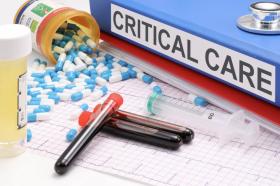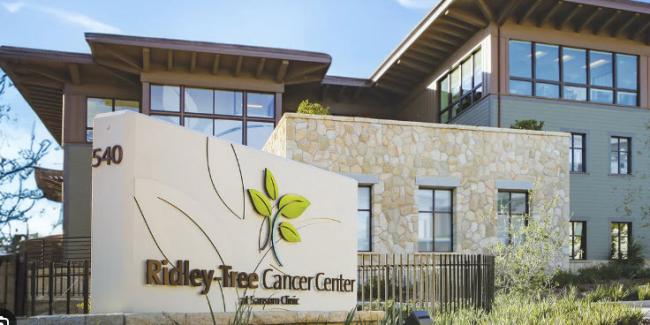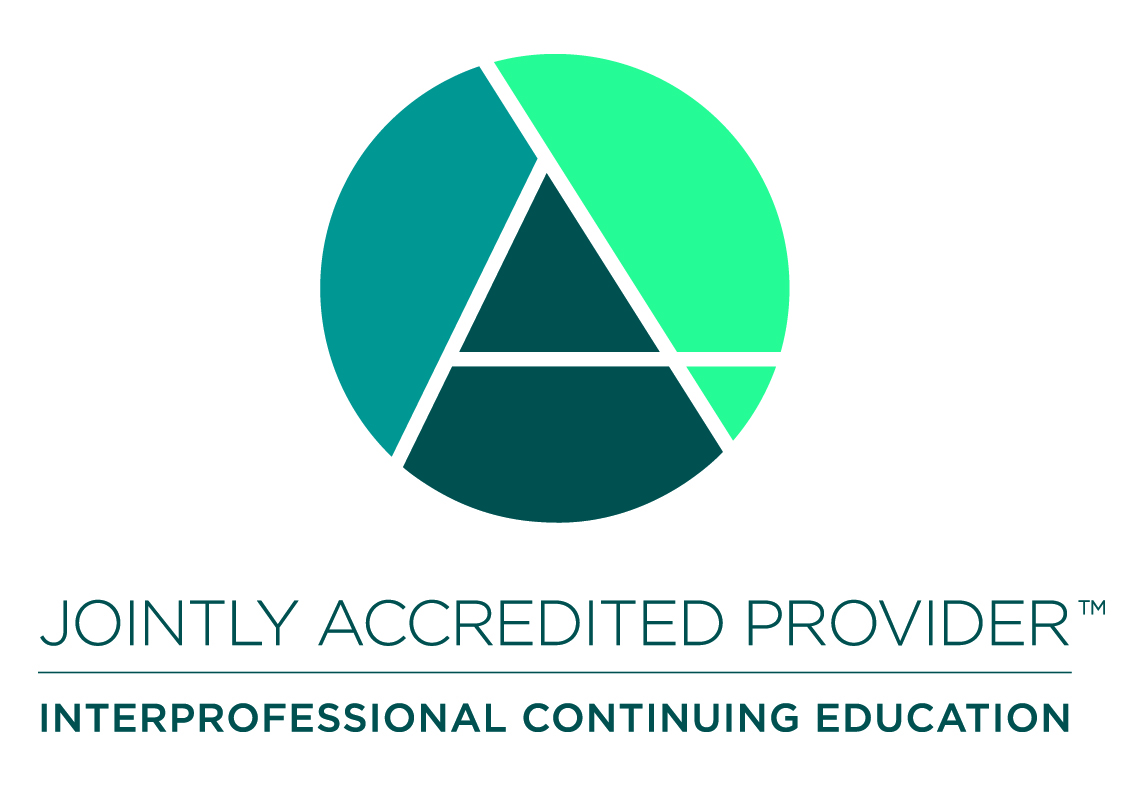
0644-2_SHU_Critical Care Concepts_Live
Description:
This course is designed to help nurses transition from Advanced Beginner towards Competency in the following areas: ABGs Basic ventilator management and troubleshooting RSI and airway management Basic EKG 12-lead analysis for ACS and treatment Basic hemodynamics and drip titrations Interventions for deteriorating respiratory and cardiovascular patients Teamwork and perspective for ICU and ED nurses
Assembly Bills 1195 & 241- Culturally Appropriate Care which is Free of Implicit Biases:
Learners are strongly encouraged to engage in self-directed learning related to the impact of implicit biases in this clinical area via the references provided below:
SDOH – Rural Access; Racial, ethnic, sex disparities
Loccoh, E. C., Joynt-Maddox, K. E., Wang, Y., Kazi, D. S., Yeh, R. W., Wadera, R. K. (2022) Rural-Urban disparities in outcomes of myocardial infarction, heart failure, and stroke in the United States. J Am Coll Cardiol. 79(3), 267-279. https://doi.org/10.1016/j.jacc.2021.10.045
Ya’qoub, L., Lemor, A., Dabbagh, M., O’Neill, W. W., Khandelwal, A., Martinez, S. C., Ibrahim, N. E., Grines, C. L., Voeltz, M. D., & Basir, M. B. (2021). Racial, ethnic, and sex disparities in patients with STEMI and cardiogenic shock. JACC: Cardiovascular Interventions, 14(6), 653–660. https://doi.org/10.1016/j.jcin.2021.01.003
Bias in Healthcare
Vela, M., Erondu, A., Smith, N. A., Peek, M. E., Woodruff, J. N., & Chin, M. H. (2022). Eliminating explicit and implicit biases in health care: evidence and research needs. Annual Review of Public Health, 43(1), 477–501. https://doi.org/10.1146/annurev-publhealth-052620-103528
Target Audience
Nurse Practitioner (NP)
Nurse, Registered (RN)
Learning Objectives
By then end of this activity, learners should be able to:
1.) Utilize a consistent and systematic approach to assessment of critically ill patients
2.) Uncover assessment priorities for different types of assessment, pre-arrival assessment, admission assessment, doorway assessment, and focused assessment.
3.) Identify common heart rhythms and dysrhythmias, including those found on a 12-lead ECG
4.) Discuss the etiology, pathophysiology, clinical presentation, patient needs and principles of management of patients in heart failure, cardiomyopathy, shock, and hypertensive crisis
5.) Identify common complications and complication management for patients with a STEMI
6.) Demonstrate how to safely manage a patient with hemodynamic monitoring
7.) Explain the use of medications used to improve CO and increase/decrease Preload/Contractility/afterload
8.) Identify common types of shock (hypovolemic, cardiogenic, obstructive, and neurogenic) seen in critical care
9.) Review the pathophysiology and etiology of common types of shock
10.) Interpret blood gas results for acid-base and oxygen abnormalities
11.) Discuss the nursing care and management of the mechanically ventilated patient
12.) Demonstrate priorities of care of a patient with respiratory distress and respiratory failure
13.) Demonstrate systematic approach to Universal Protocol

Disclosure of Financial or In-Kind Commercial Support & Conflict of Interest
No one involved in the planning or presentation of this educational activity have any relevant financial relationship(s) to disclose with ineligible companies whose primary business is producing, marketing, selling, re-selling, or distributing healthcare products used by or on patients. No financial or in-kind commercial support was received to produce or promote this educational activity.
– Provider Designee/Verification: Fozia Ferozali, Ed.D
Carrie Guerra, Registered Nurse
Annie Gullick, RN, BSN, CEN, CCRN
Matthew Hackney, MSN, RN, CCRN-K
Khate Pauline Matias, BSN, RN
Cory Berthiaume, RN, BSN
Daniel Both, RN, BSN, CCRN
Emily Brodie
Kathleen Buckingham, BSN, RN
Carrie Guerra, Registered Nurse
Annie Gullick, RN, BSN, CEN, CCRN
Matthew Hackney, MSN, RN, CCRN-K
Michael Harrison Jr
Angela King-Jardin, RN, BSN, VA-BC
Khate Pauline Matias, BSN, RN
Minh Truc Nguyen
Oanh Nguyen, BSN, RN
Walter Ochoa, NREMT, CHSOS
Kevin OToole, MSN, MBA, RN, CNE, CHSE, CCRN-K, CFRN
Natasha Ridgley
Shauntee Rutter, BSN
Elizabeth Seely, ADN
Jennifer Sugarbaker, RN, BSN
Accreditation

In support of improving patient care, Sutter Health, is jointly accredited by the Accreditation Council for Continuing Medical Education (ACCME), the Accreditation Council for Pharmacy Education (ACPE), the American Nurses Credentialing Center (ANCC), and the Association of Social Work Boards (ASWB) to provide continuing education for the healthcare team.
Credit Designation Statement
Sutter Health designates this LIVE activity for a maximum of 16.00 continuing professional development contact hours for nurses. Learners should claim only the credit commensurate with the extent of their participation in the activity.
Attendance & Credit Claiming
Text the 6-letter attendance verification code to (916) 866-7913 to claim credit.
Available Credit
- 16.00 ANCC
Nursing Credit - American Nurses Credentialing Center (ANCC)
Sutter Health designates this Live activity for a maximum of 16.00 ANCC contact hour(s). Nurses should claim only the credit commensurate with the extent of their participation in the activity.
- 16.00 CA BRN
Nursing Credit - California Board of Registered Nursing (CA BRN)
This activity is approved for 16.00 contact hour(s) by Sutter Health, which is an approved provider by the California Board of Registered Nursing. (Provider Number 17182). Nurses should claim only the credit commensurate with the extent of their participation in the activity.

 Facebook
Facebook X
X LinkedIn
LinkedIn Forward
Forward